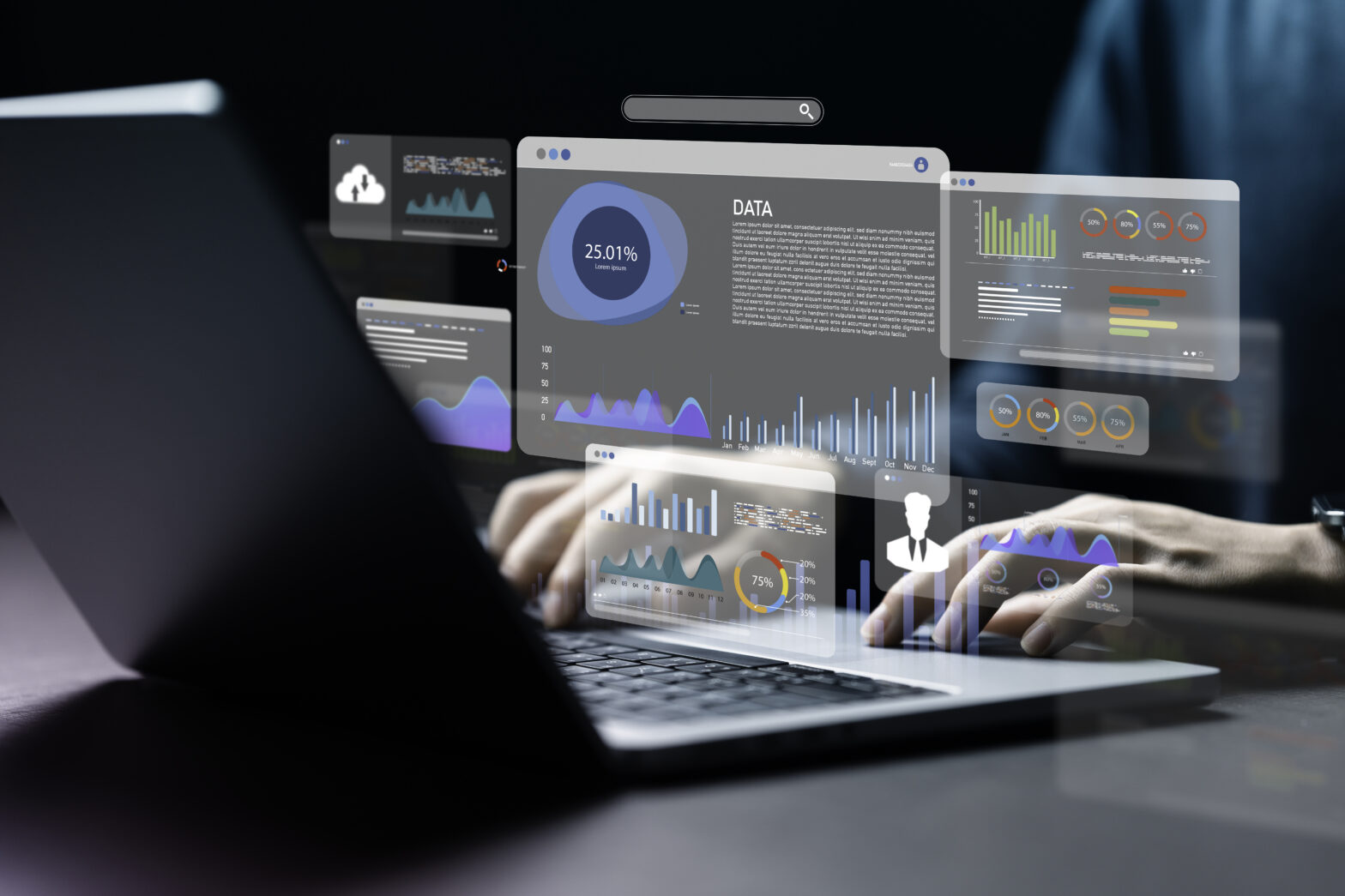While most other areas of business activity have had their costs put under close scrutiny, printing seem to have escaped cost analysis for so long that an estimated 90% of all European companies are unable to estimate the true cost of producing their documents, according to sector watcher IDC.
The core reason is that few companies actively co-ordinated their printing ‘fleet’. In particular, printer purchases are often out of step with PC refresh cycles. Machines are replaced in an ad hoc fashion – when they break down or lack some required feature such as colour. But that is typically left to the discretion of individual business departments.
The haphazard purchase of equipment results in a bewildering array of different makes and models across the enterprise. And the non-standardisation of cartridges means that consumables are bought in relatively small quantities, again at a departmental level. As Jonathan Elliott, marketing manager at document management consultants Xerox Global Services, points out, “that eliminates any economies of scale.”
Arriving at a total cost of ownership for enterprise printing, therefore, becomes one of the single hardest things to do for professionals in this area. And without such hard numbers, says Geoff Hogg, enterprise marketing manager at Hewlett -Packard, “it’s difficult for us to convince customers that they need to focus their attention on this area of their business.”
Hogg identifies two broad categories of costs. ‘Hard'’costs, that can be calculated and reflected in the organisation’s financial statements, including initial capital outlay for equipment, maintenance contract costs and replacement costs for consumables.
The ‘soft’ costs, however, are more difficult to quantify. They include consumables purchased outside of the official procurement process; the attachment of ‘rogue’ devices directly to individual PCs ; the cost of the space that printers – and consumables – occupy in high-value office buildings; and the people cost associated with low-level maintenance (changing cartridges and filling/unjamming machines).
If those costs are included, with a typical office laser printer “the total cost of ownership could be anything from three to ten times the initial price paid for the printer over a three year period,” says David Wilson, director of managed services and solutions at printer maker Oki.
For low-end inkjets, the formula would be reversed, with a small upfront cost followed by the on-going high cost of regularly replaced cartridges.
That creates a financial management problem. Accountants, used to being able to amortise the capital expenditure on PCs and other IT equipment over a lifespan of, say, three to five years, often struggle to apply the same financial write downs to printers. And such factors mean print costing will remain an inexact science.
The opaque costs of printing
Not quantifiable and not recognisable:
Costs that are often large and remain in limbo.
- Users’ time (in maintaining devices)
- Cost of purchasing
- Waste paper and supplies disposal
- Business costs of faulty documents
- Print-related latency in business processes
Quantifiable but not recognisable:
‘Soft’ costs that meet resistance because accounting standards are more difficult to apply.
- Help desk
- Floor space
- Fax phone line
- Internal installation costs
- Network connection
- Print servers
- Internal training
Quantifiable and recognisable:
Costs that are recognised as real, hard expenses and are reflected in financial statements accordingly.
- Equipment and leasing
- Supplies
- External service
- Software
- Paper
Source: Gartner









